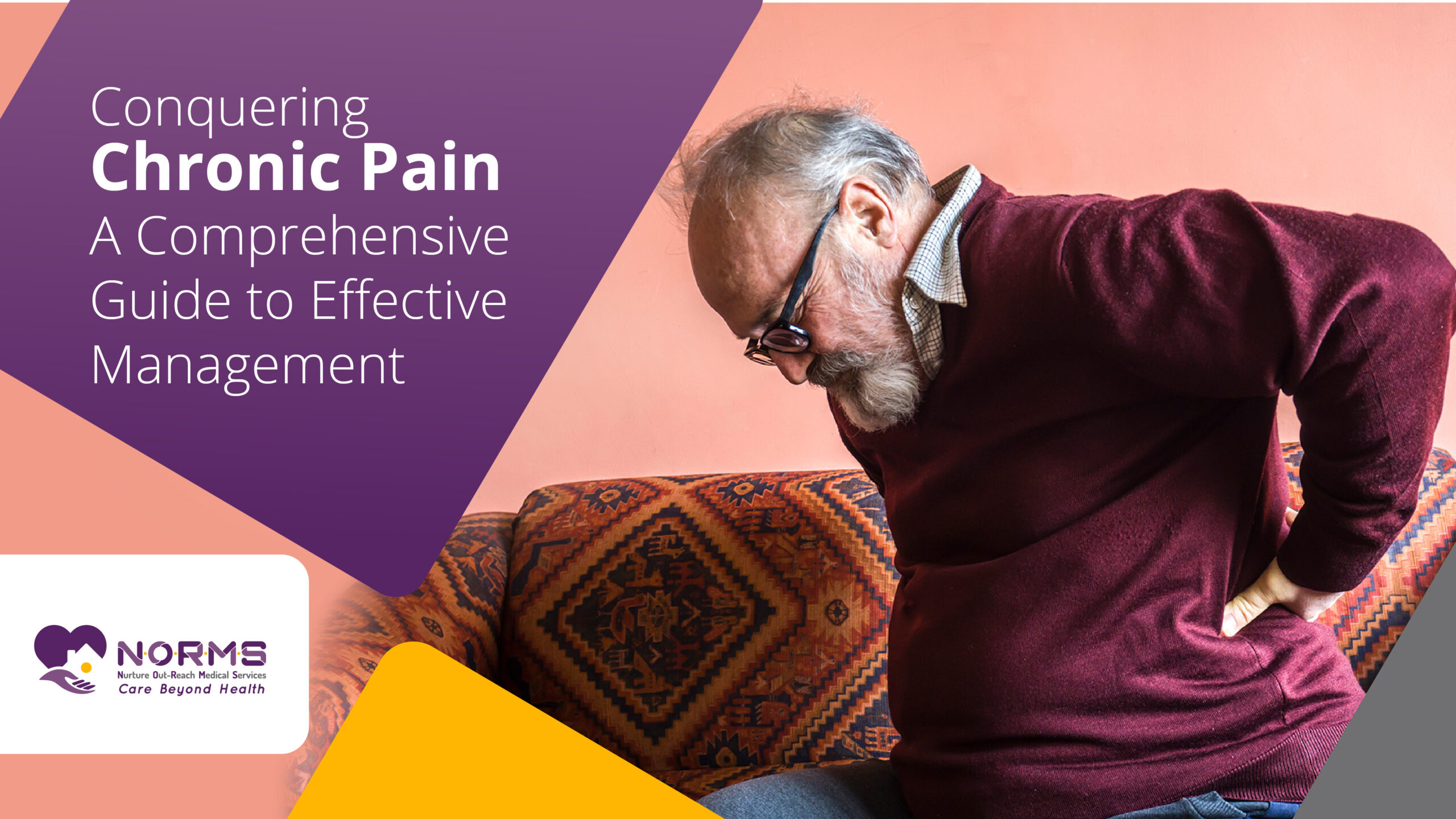
Chronic pain is a dynamic condition which affects millions of people all over the world every year, and it one that requires a dynamic solution. Let us go over a comprehensive and effective guide to properly understand what chronic pain is and how to manage chronic pain.
Pain originates from receptor nerve cells that are located in the body’s organs and beneath the skin. These receptor cells communicate with the spinal cord, which transmits the information to the brain, when you are ill, hurt, or experiencing any other kind of issue. Prior to reaching the brain, painkillers lessen or stop these signals.
Pain can range from a minor annoyance, like a small headache, to a severe and urgent condition, like kidney stone pain or the chest discomfort that follows a heart attack. There are three types of pain: acute, which is brand-new; subacute, which lasts a few weeks or months; and chronic, which lasts longer than three months.
When we try to understand the different types of pain that exist, they can be broadly classified into two categories –
Chronic pain is conditioned by uneasiness and pain that continues for an extended duration, as compared to the time frame within which the healing process would normally be completed. Although acute discomfort happens after an injury or a disease, chronic pain can last for months or even years. Besides, it has a detrimental effect on both physical and mental health potentially depriving the person from his ordinary life and lowering the quality of living.
Chronic pain can have a wide range of causes. You may have previously healed from the disease or injury that caused it, yet the pain persisted. Alternatively, a persistent cause of discomfort, such cancer or arthritis, can exist. Many people have chronic pain even when they have no history of sickness or injury.
Although complete cures for chronic pain are not always a reality, the good news is that effective management of the disease can at least make a huge difference in terms of a sufferer’s quality of life. The treatment may demand the multifaceted approach that include medical intercession, physical therapy, psychological service, and lifestyle behaviour modification. The purpose of this is to enhance the quality of life.
Along with prescription drugs or OTC painkillers activities will help ease pain. Diagnosis of a healthcare professional is an indispensable task which is meant to contribute to the perfect choice of medication.
The exercises and physiotherapy like these put patients in an advantage building strength, flexibility and function, that lessens the chances of chronic pain.
Strategies, for instance, meditation, yoga and deep breathing lead to relaxation and are capable of managing pain by reducing stress levels.
CBT works with the psychological aspects of chronic pain, which means that the individual learns how to deal with this condition and also harnesses the power of positive thinking to reduce or eliminate negative thought patterns.
Just as many practising traditional Chinese medicine prove the results of acupuncture in regards to relieving chronic pain, some people would agree with that.
Swapping hot and cold applications alternatively relieves multiple inflammation symptoms and appeases pain.
Implementing a healthy lifestyle including some physical exercises, a healthy diet, and enough sleep will also help to reduce chronic pain.
Membership of support groups helps the individuals to share their challenges, tactics and emotional support that enhances a sense of unity.
Alternative Therapies
The alternative therapies such as massage, chiropractic care and herbal remedies provide respite to individuals. A consultation with a healthcare professional is mandatory.
Chronic pain is a multidimensional difficulty which necessitates holistic and personalized plan of care. Although a complete remission of the pain is not an option, using medical, psychological or lifestyle interventions, we can significantly enhance the quality of living for those suffering from chronic pain.
However, the total relief of chronic pain is not always feasible, but appropriate coping mechanisms can minimize the interference of pain in every aspect of a person’s life.
Psychological therapies for example CBT which focuses on the cognitive and emotional aspects of chronic pain are a good way to help relieve pain and also improve one’s general wellbeing.
Some of the people get consolation by resorting to natural therapies like acupuncture, thermal therapy and herbal medicine. In this case, however, it is important to consult a healthcare professional to make sure of the safety and effectiveness.